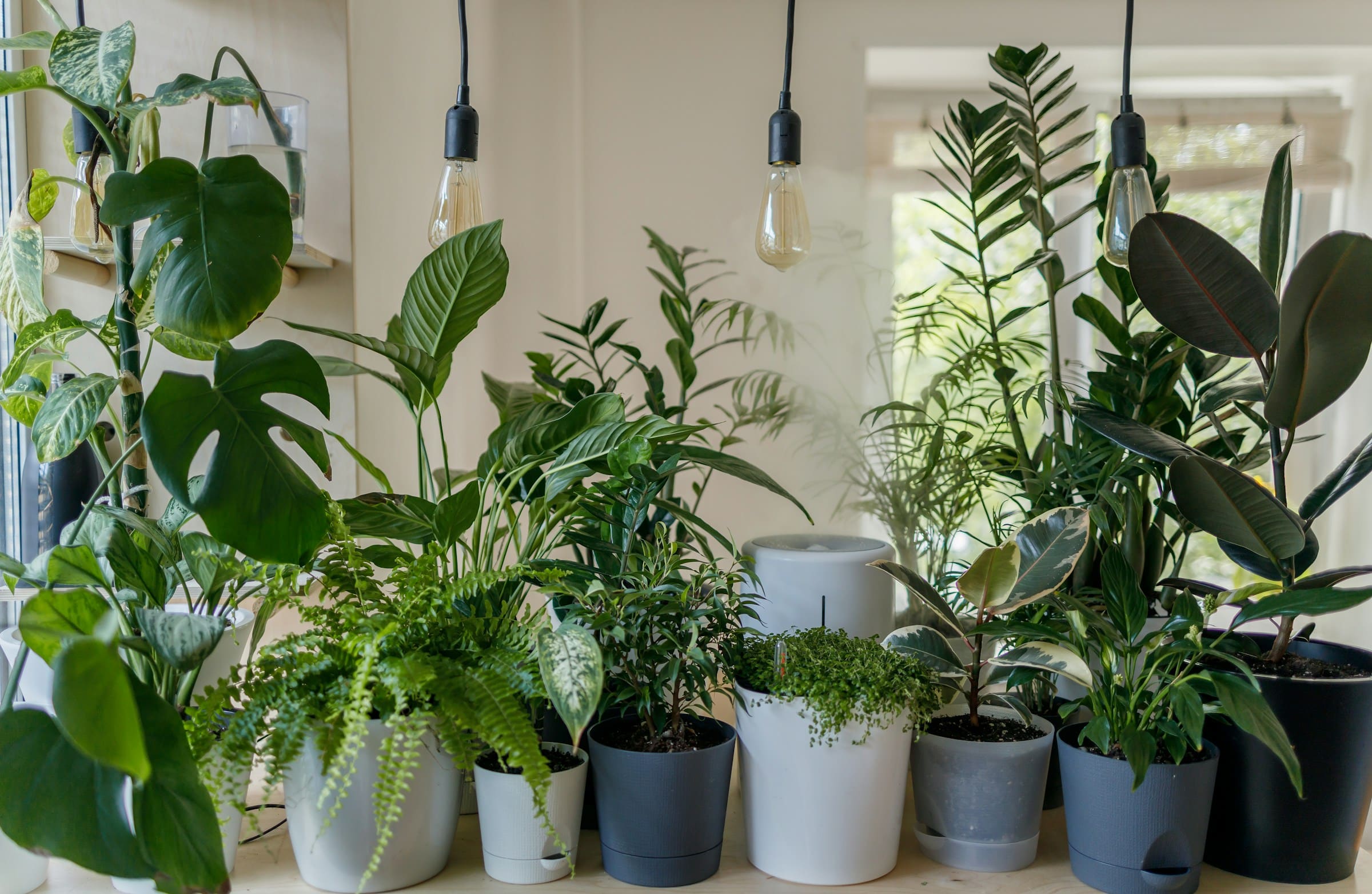How can you manage the packing and transportation of a large number of indoor plants during a UK move?

Moving house can be taxing; moving house with a garden-full of indoor plants can feel like relocating a rainforest. But fear not! With careful planning and the right preparations, your leafy companions can safely reach their new home. Transporting a large collection of plants, especially across the UK, requires understanding of phytosanitary regulations, providing proper care, and employing safe packing methods.
Understanding the Phytosanitary Regulations
Before you begin packing your plants, understanding the phytosanitary regulations in place is crucial. The UK has strict import regulations concerning plants to protect local ecosystems and prevent the spread of foreign pests and diseases.
En parallèle : Simple ways to tackle relocation stress with effective strategies
If you're moving within the UK itself, the regulations are less stringent but it's still worth checking any local restrictions or guidelines. You'll be required to guarantee that your plants are free from pests and diseases, and may need a plant health certificate if you're moving particularly susceptible species. This is particularly crucial if you're moving rare or exotic plants that might pose a risk to local biodiversity.
When moving plants across borders, you'll likely need a phytosanitary certificate. This document certifies that your plant is free from harmful pests and diseases and meets the import regulations of your destination. Obtaining this certificate will require a thorough inspection by a certified plant health inspector, who will ensure your plants are healthy and safe to move.
A lire également : Effective strategies for relocation stress management made easy
Providing Proper Care for your Plants
The health of your plants can be significantly impacted by a move. Adapting to a new environment, dealing with transport stress, and potentially being out of their pots for a period could all pose risks.
Understanding your plant's needs will help you provide the right care during the move. For example, water your plants well a few days before the move but avoid watering them on the day itself. This will ensure they're well-hydrated but not overly damp or at risk of freezing in cold weather.
Consider pruning larger plants to lessen the shock and make them easier to transport. Wrap delicate leaves and blooms in tissue paper to protect them. For plants which need constant light, consider using plant lights or placing them near a window.
Packing your Plants Securely
When it comes to packing your plants, you have a few options depending on the size and number of plants you're moving.
For smaller plants, consider using a cardboard box lined with plastic. The plastic will help retain moisture and prevent the box from disintegrating. You can use paper or soft fabric to wrap the plants and fill any gaps in the box.
For larger plants, you might consider wooden crates. These provide sturdy, ventilated protection for your plants. If using wood, make sure it's treated and safe for plants.
Choosing the Right Moving Service
Finding a moving service that can handle your plants with care is vital. Some moving companies have specialized services for transporting plants, or may be able to advise you on how to best prepare your plants for the move.
When choosing a moving service, consider their experience with plant transport, their facilities for keeping plants safe and healthy during the move, and their knowledge of any import restrictions or phytosanitary requirements.
Unpacking and Helping your Plants Acclimate
Once you've successfully transported your plants to their new home, careful unpacking and acclimation is vital to help them thrive in their new environment.
Unpack your plants as soon as possible after arrival to minimize stress and give them a chance to breathe. Remember to be gentle - the plants may be a bit fragile after their journey.
After unpacking, give your plants a good watering and place them in suitable spots around your new home. It may take a little time for them to adapt to their new environment, so be patient, keep an eye on their health, and make any necessary adjustments to their care.
A plant's move, just like your own, can be a time of stress, but with careful preparation and attention to detail, it can also be the start of an exciting new chapter. Happy moving!
Understanding the Importance of a Plant Passport in the UK
One key term you need to familiarize yourself with when moving your plants in the UK is the "plant passport". This is not the same as a phytosanitary certificate, which is required for international moves. In Great Britain, including England, Wales, and Northern Ireland, the plant passport system is in place to track plant health and movement of certain high-risk plants and plant products within the country.
Each plant passport contains specific information about the plant it is issued for, offering an additional layer of protection against outbreaks of plant diseases. This system is particularly important if you're moving high-risk plants such as fruit trees, vegetable plants, and certain ornamental plants. For these plants, you would be required to obtain a plant passport from the appropriate plant health authority.
When you are preparing for your moving day, make sure to keep all plant passports together and easily accessible. If you're using a moving service, inform them about these documents. They are not only crucial for complying with regulations, but also provide valuable information about each plant's specific care requirements.
Using Eco-Friendly Materials for Packing Your Plants
Packing plants for a move involves not only securing them for the journey but also considering the environmental impact of the materials you use. If you're conscious about being eco-friendly, you can opt for packaging materials that are sustainable and recyclable.
When dealing with smaller plants, you can use recycled cardboard boxes instead of buying new ones. To prevent dampness, line the boxes with recycled plastic or a bio-degradable alternative. For wrapping and filling gaps, newsprint or biodegradable peanuts are great eco-friendly options.
For larger or heavier plants, wooden crates are a must. However, it's important to ensure that the wood products used for packaging, particularly the wood packaging material like crates or pallets, are treated according to ISPM 15 standards. This international standard helps prevent the spread of pests through wood packaging material.
Keep in mind that although being eco-friendly may require a bit more planning, it contributes to the wellbeing of our planet. In the long run, it's as good for your plants as it is for the environment.
Conclusion: Making the Move a Success
Moving a large number of indoor plants across the UK can seem like an overwhelming task. However, with proper understanding of the phytosanitary regulations, careful attention to plant health, and employing eco-friendly packing methods, the process can be much smoother.
Start by performing health checks on all your plants, ensuring that they are free from diseases and pests. Familiarize yourself with the need for a phytosanitary certificate or a plant passport, depending on whether you're moving internationally or within the UK. Choose your packaging material wisely, keeping both your plants' safety and environmental impact in mind.
On moving day, keep a close eye on your leafy friends, making sure they are well-hydrated and protected. Once you've arrived at your new home, unpack them gently, give them a good watering and find them a suitable spot.
While it may take some time for your plants to adapt to their new environment, the effort you put into their care will pay off when you see them thriving in their new home. After all, your plants are not just objects - they are living beings that bring life, beauty, and a touch of nature into your home.
